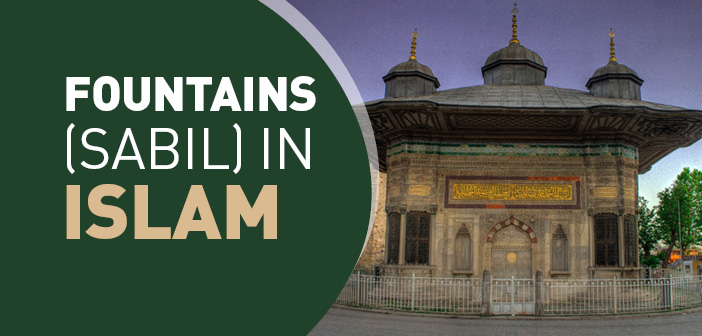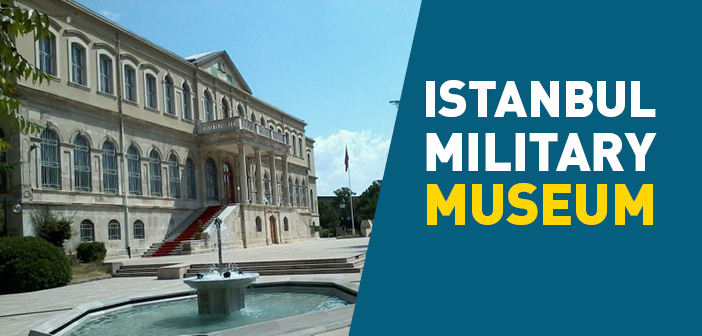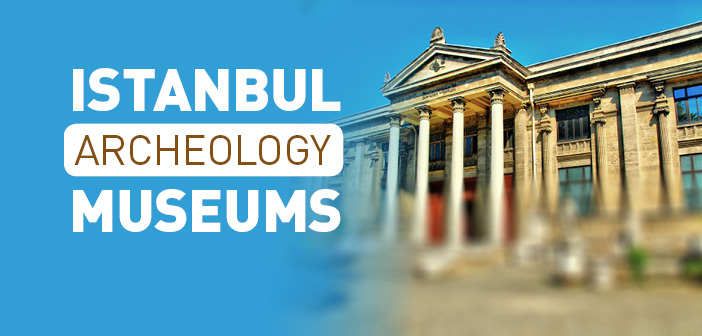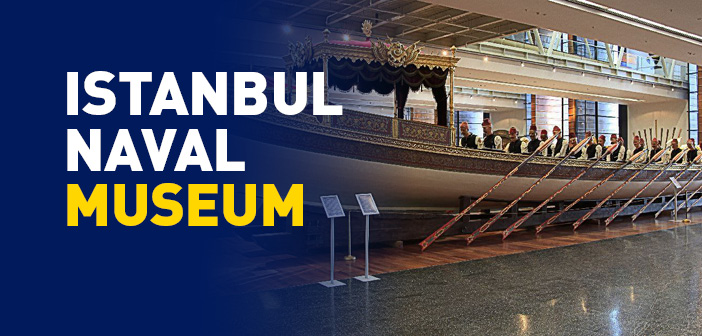
Fountains (Sabil) in Islam
What is the fountains? What does sabil means in islam? What does the fountain represent in the islamic tradition? Are there fountains in mosques?
Water Civilization
If one examines hundreds of water fountains which have survived to this day, and thinks about hundreds of more water fountains which were destroyed and have not survived to this day because of intentional or unintentional negligence, it can be understood that a great water civilization was established in Istanbul. By this characteristic, Istanbul can be accepted as a city of water fountains.
In order to satisfy the need for water in Istanbul, water dams were constructed over some streams such as Kağıthane and Alibeyköy streams which are quite far from the city. The water contained behind those dams needed to be transferred to water reservoirs called meksem constructed in places closer to the city through pipelines and aqueducts. This was a task which was almost impossible by the technological means of the time, because there was not any equipment to pump the water. It could be done only by using the power of gravity of earth. Constructing the aqueducts and water canals with a slope measuring one thousandth amazes even the contemporary engineers. The water collected in meksems was distributed to the fountains and the public fountains by means of varying sizes of lüles (pipelines made from fired earth).
Because transfer of water to the city and its distribution to the fountains was so difficult and expensive task, it made people understand the value of water. In order to avoid wasting water, the faucets that we use today were invented. In order to save the pipelines from bursting because of the pressure created by keeping the faucets off for a long time, water gages were constructed in various parts of the city.
Water Dams
The seven water dams constructed during the Ottoman period in Belgrade Forest are as follows:
The Great Dam (Büyük Bent) which was constructed during the period of Sultan Mahmut I (in 1748)
The Dark Dam (Karanlık Bent) which was constructed by Sultan Osman II in 1620
The Ayvat Dam (Ayvat Bent) which was constructed by Sultan Mustafa III in 1766
The Kirazlı Dam (Kirazlı Bent) which was constructed by Sultan Mahmut II in 1818
The Topuzlu Dam (Topuzlu Bent) which was constructed by Sultan Mahmut II in 1750
The Valide Dam (Valide Bent) which was constructed by Mihrişah Valide Sultan in 1797
The New Dam or The Dam of Mahmut II (Yeni Bent) which was constructed by Sultan Mahmut II in 1839
Fountains and Public Fountains (Sebils)
The issue of the fountains and the public fountains (sebils) in Istanbul is such a wide one that it can be separate topic of a book.
The fountains and the public fountains (sebils) are monumental works that were meticulously constructed like a temple as a result of the motivation of the Prophet’s saying “the most superior charity is to give water.” In this section of the book, we would like to introduce the square fountains and public fountains built at the most central places of the city. The difference between a fountain and a public fountain is that those who worked at the public fountains would serve the public not just water but also other drinks. In the Ramadan nights and in the nights of holidays, “honey sherbet” used to be offered to the public from the taps of the public fountains. There also used to be endowments that financially supported some sebils to offer the public beverages and water cooled down by snow during the hot days of the year. Hatice Valide Sultan, who constructed Yeni Mosque and its social complex, also founded such an endowment.
The Ayvat Dam (Ayvat Bent) constructed by Sultan Mustafa III in 1766
Some other famous Ottoman fountains and public fountains in addition to the ones which will be introduced this section can be listed as follows:
Tophane Fountain (1732) constructed by Sultan Mahmut I
Nevşehirli Damat İbrahim Paşa Fountain (1732) constructed in Ortaköy Square
Hekimoğlu Ali Paşa Fountain (1734) constructed in Kabataş
Mihrişah Sultan Fountains built one in front of Küçüksu palace (1806) and another one in Eyüp (1801)
Hüseyin Avni Paşa Fountain (1874) located in Üsküdar
Abdülhamit I Fountain (1783) located in Emirgan
Mehmet Emin Ağa Public Fountain (1740) located in Dolmabahçe
Koca Yusuf Paşa Public Fountain (1786) located in Kabataş
Sinan Paşa Public Fountain (End of the 17th century) located in Divanyolu
Rabia Gülnuş Sultan Public Fountain (1708-1710) located in Üsküdar
Sultan Abdülhamit I Public Fountain (This sebil which was constructed in 1777 was moved to its current place in 1920) which was moved in front of Zeyrek Sultan Mosque.
Source: Harun Kırkıl, Read About and Travel Around ISTANBUL, Erkam Publications











